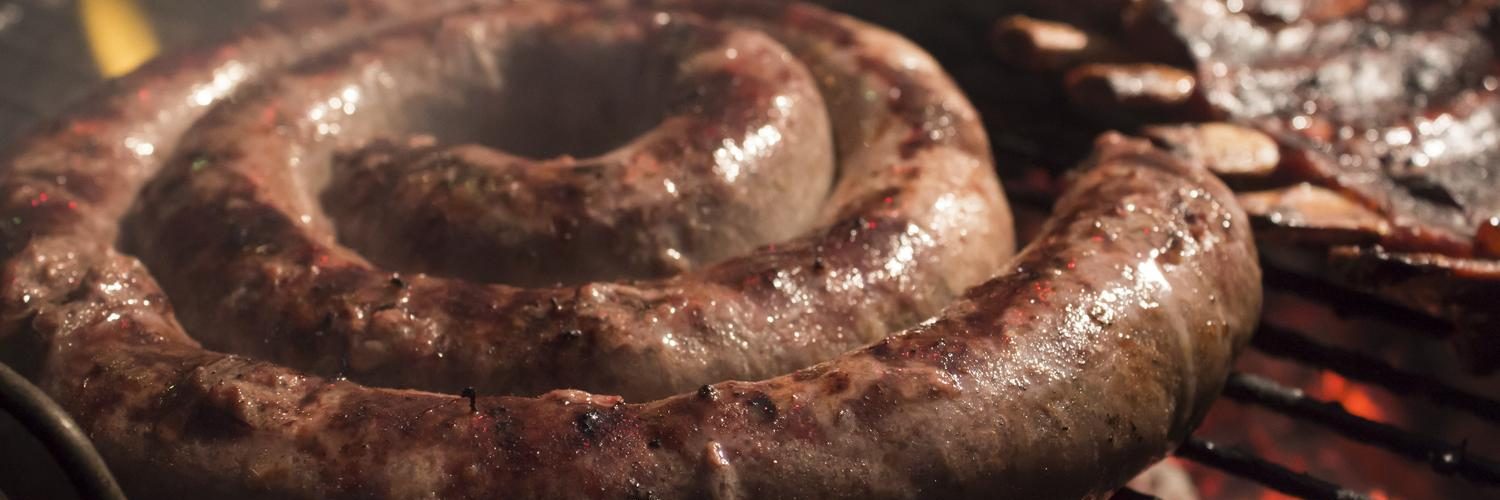 Once the biltong meat has been spiced we then hang it out to dry. The drying process involves removing the moisture from the meat thereby curing the meat into something that is edible. The drying time is dependent on what style of biltong is being produced.
Once the biltong meat has been spiced we then hang it out to dry. The drying process involves removing the moisture from the meat thereby curing the meat into something that is edible. The drying time is dependent on what style of biltong is being produced.
Raw biltong will become “wet biltong” and ready to eat after 24-36 hours and will have lost 40% – 50% of its raw weight. “Not too wet not too dry biltong” will be ready in 36-48 hours and will have lost 50% – 60% of its raw weight. “Dry biltong” will be ready in 48-56 hours and will have lost 60% – 70% of its raw weight.
Rack Drying Biltong
Rack drying is usually used for smaller biltong pieces such as biltong chunks, biltong sticks, or biltong crisps. The drying rack looks like shelving and has a perforated stainless steel shelf or wire mesh shelf that allows air to flow through the shelf. The biltong on the drying shelf should be tossed every eight hours to improve drying. Biltong chunks, biltong sticks, and biltong crisps are usually dried to approximately 70% – 80%.
Hang Drying Biltong
Hang Drying is usually used for larger whole biltong sticks or droe wors. The methods used are to insert a teflon or wire hook into the biltong and then hang. Some butchers have purpose built trolleys with metal spikes built into the trolley. They then simply spike the meat onto the trolley and remove when dry. When Hang drying biltong or droe wors it is important to make sure the meat dose not touch one another as this will delay the drying time. There should be enough space between the meat to allow air to flow through all the meat on the drying trolley, in the biltong cabinet or biltong box. Hang dried biltong can be removed as required. The loss on raw meat will be anywhere from 40% – 70% depending on how dry the biltong is required.

